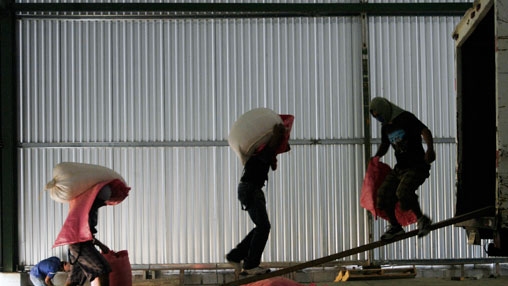So Close, Yet So Far
Overcoming these obstacles would have a direct and positive impact on the volume of Central American agricultural exports, which in recent years have hovered between US$9.3 billion and US$9.8 billion, with Guatemala and Costa Rica being the main exporters.
According to the report, the three main bottlenecks facing producers, especially small-scale farmers, include:
- Low -quality rural roads
- Aging infrastructure and slow customs procedures
- Sanitary and phytosanitary processes that are sometimes repeated when crossing the border.
“Bottlenecks in logistical chains have a clear and measurable impact on the volume and quality of the perishable agricultural products that are finally delivered,” states the report, titled “Agro-logistics in Central America.”
For example, the logistical costs for a big tomato producer exporting from Costa Rica to Nicaragua — including road transportation via unpaved rural roads, driving costs and custom duties — reach US$0.15 per kg. However, the waiting time at the Peñas Blancas border post doubles those costs, adding US$0.14 per kg to a product whose freshness period is extremely short, some 120 hours or five days.
Honduras presents additional challenges, given that crossing the border into El Salvador can take up to two days due to congestion, with lines of trucks awaiting their turn to begin procedures with customs authorities from both countries. A Honduran dairy producer revealed during the investigation that every time a refrigerated dairy container destined for El Salvador goes through a dual inspection, logistics costs increase by up to US$900.
“The success of agricultural trade, particularly that of perishables, depends on the efficiency of related logistical systems and the capacity to connect the global supply chain in an effective and reliable manner,” the report indicates.
What are the recommendations to unblock these bottlenecks and facilitate trade in Central America?
The authors of the report propose several solutions, namely:
Build secondary roads using sustainable alternatives to asphalt.
- Develop a real-time platform, requesting countries to publish their preventive customs inspections in advance, for example in case of agricultural risks such as epidemics in neighboring countries.
- Explore the possibility of mobile platforms to improve access to information and the price of transportation, logistics and security for agricultural producers.
- Modernize and harmonize regional customs systems, connecting them to the sanitary inspection and quarantine process in each country.

